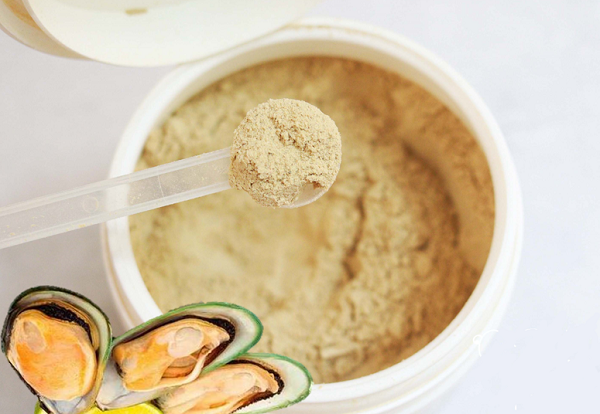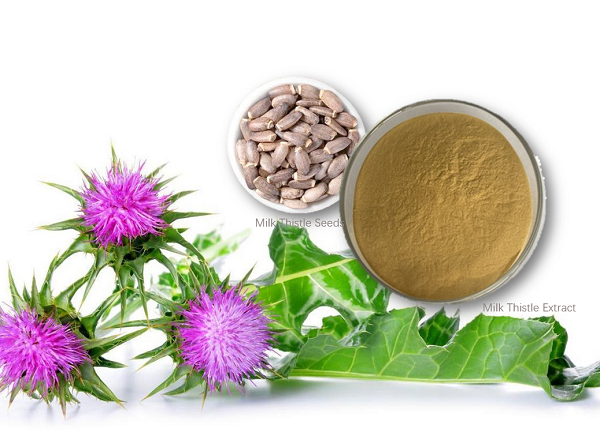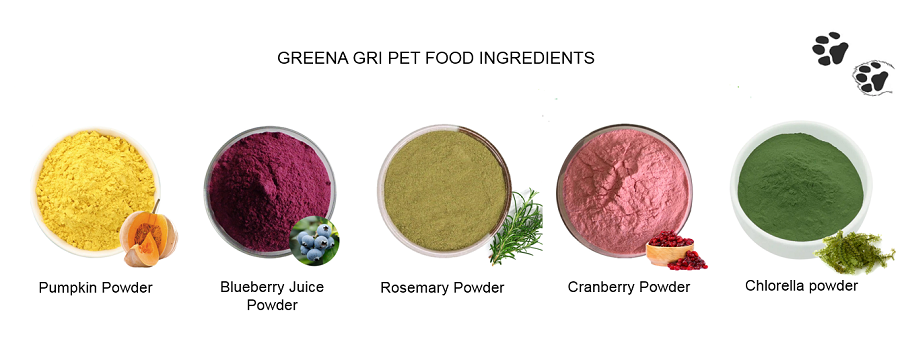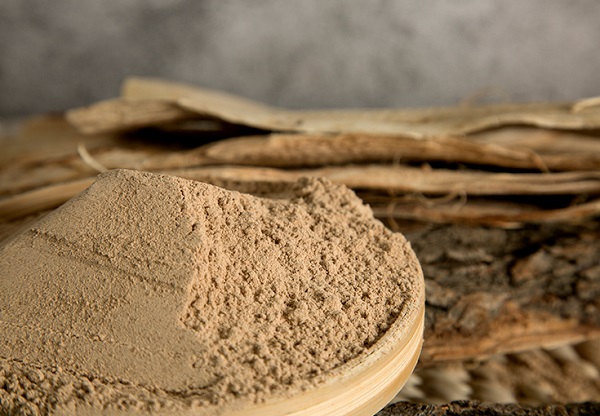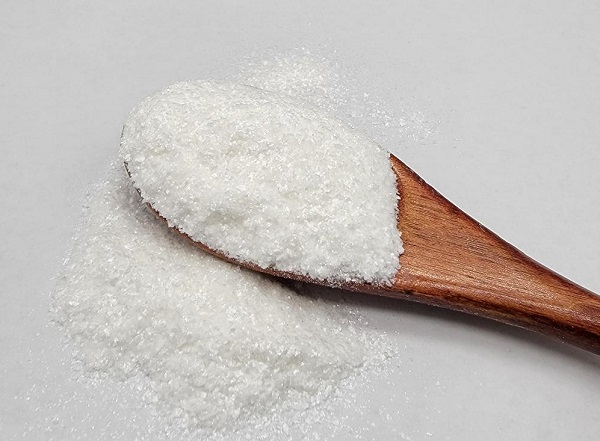Follow Us:
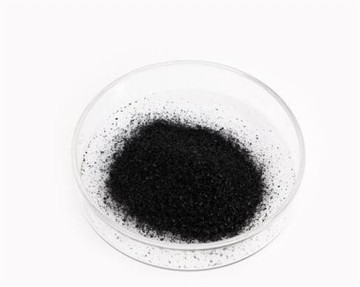
What Is Humic Acid
1. What is humic acid?
There are so many humic acids on the market, what exactly is it? In fact, humic acid is the remains of animals and plants, mainly the remains of plants, a type of organic substance formed after microbial decomposition and transformation, as well as a series of chemical processes and accumulation.
Humic acid is acidic (pH 3-5), and can be used in saline-alkali land to improve alkaline soil and increase crop production.
picture
2. How many types of humic acid are there?
According to molecular weight classification, it can be divided into three categories:
(1) Brown humic acid: The part of humic acid that is soluble in alkali but not in acid is called brown humic acid.
(2) Black humic acid: The part of humic acid that is neither soluble in alkali nor acid is called black humic acid.
(3) Fulvic acid: The part of humic acid that is soluble in both alkali and acid is called fulvic acid.
Among them, the most active is fulvic acid, which has the most obvious effect on increasing crop yield.
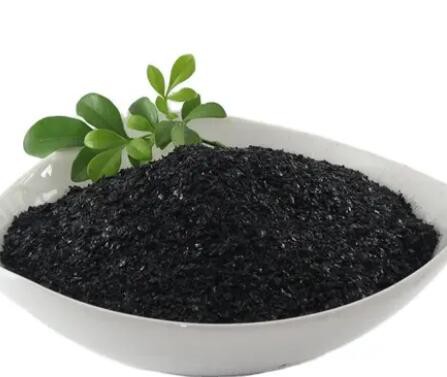
3. What is the main role of humic acid in agriculture?
The role of humic acid in agriculture mainly falls into these five categories:
(1) Improving the soil. It is mainly manifested in improving soil structure and increasing crop yield.
(2) Synergistic effect of chemical fertilizers. It is to reduce the volatilization of nitrogen fertilizer and promote the absorption of nitrogen.
(3) Stimulating effect on crops. Promote crop rooting and enhance crop photosynthesis.
(4) Enhance crop resistance. Under adversity stress conditions such as water, temperature, salinity and heavy metals, the application of humic acid can keep plants growing at a faster rate.
(5) Improve the quality of agricultural products. Make crop stems thick, lodging resistance, lush leaves, increase chlorophyll content, etc.
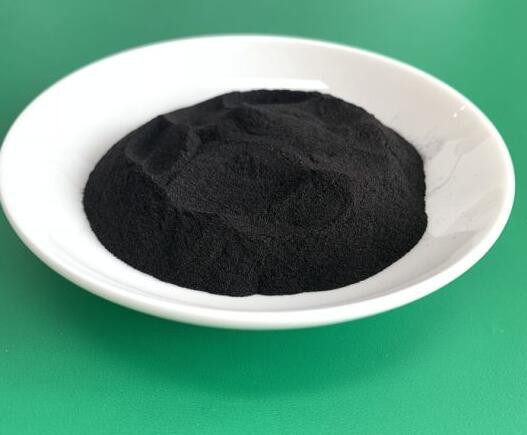
4. What is the difference between humic acid, alginic acid and amino acid?
Simple humic acid and alginic acid act on crops by promoting the growth of crops through the environment or regulating a certain link of crop metabolism; while amino acids are directly absorbed by crops to form internal structures.
That is to say, after amino acid is absorbed, it becomes a part of the metabolic process directly, and is transformed into what crops need most, while humic acid promotes the synthesis of what is most needed after absorption.
5. Sodium humate, humic acid-type compound fertilizer, potassium humate… What’s the difference?
sodium humate
The sodium salt of humic acid is formed by the reaction of humic acid and caustic soda (sodium hydroxide), which is alkaline (pH8-11), and can be used in acidified soil to improve soil acidity.
It is a type of fertilizer that combines humic acid with a large number of elements, and has the functions of humic acid and ordinary compound fertilizer at the same time, thus greatly improving the utilization rate of fertilizer.
Potassium humate is a high-efficiency organic potassium fertilizer, because the humic acid in it is a biologically active agent, which can increase the content of available potassium in the soil, reduce the loss and fixation of potassium, and increase the absorption and utilization of potassium by crops.
6. Why do the prices of humic acid on the market vary so much, some are more than 1,000, and some are tens of thousands?
This is because the humic acid on the market is divided into biochemical humic acid and mineral humic acid.














